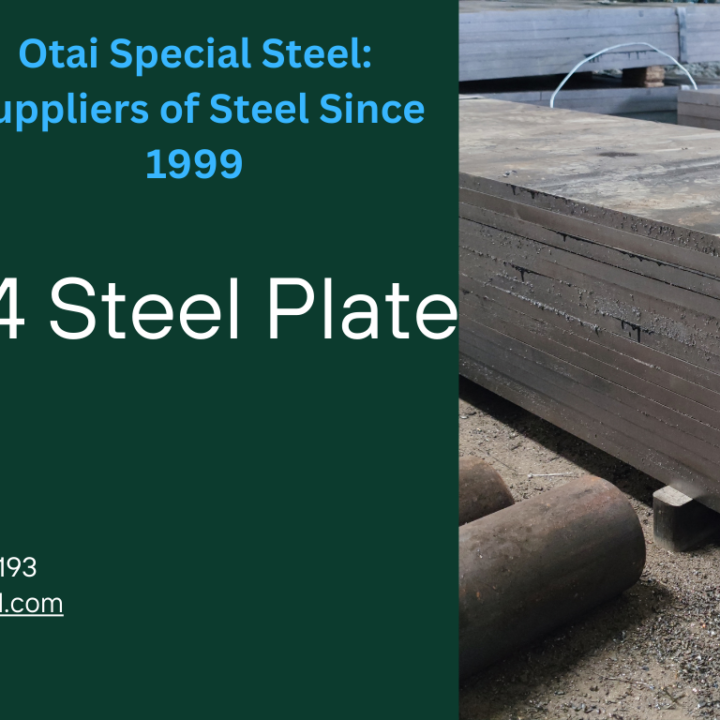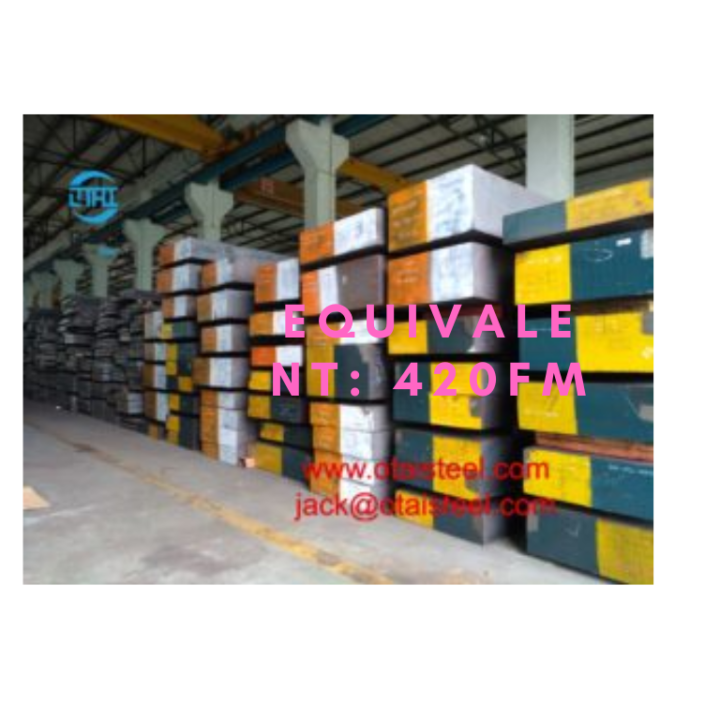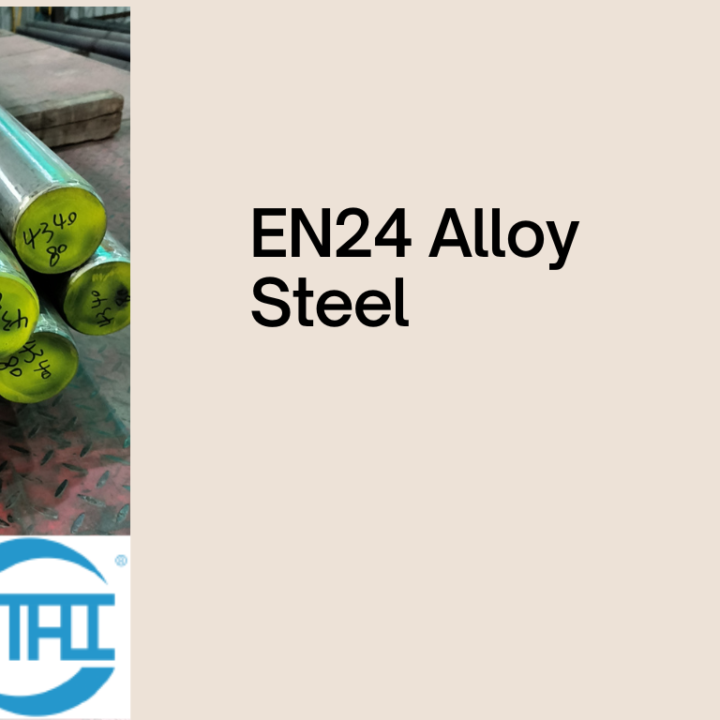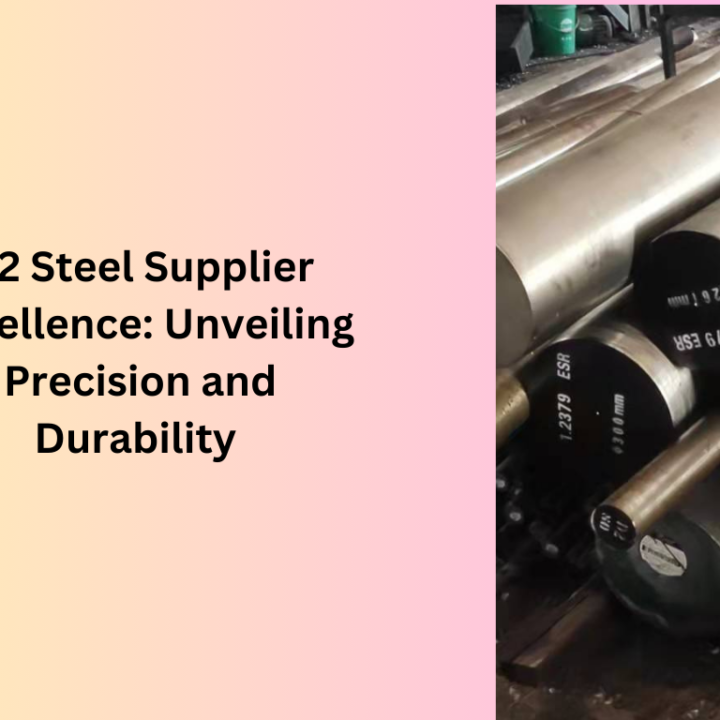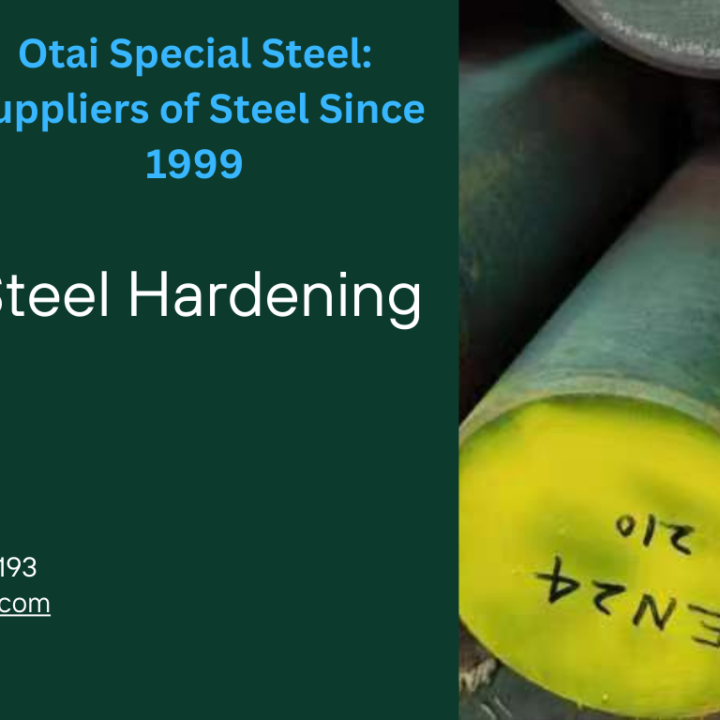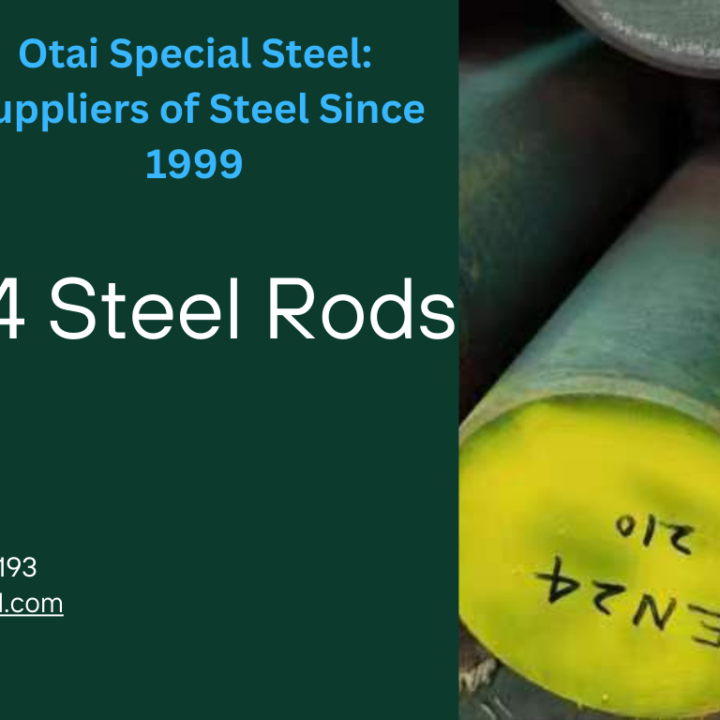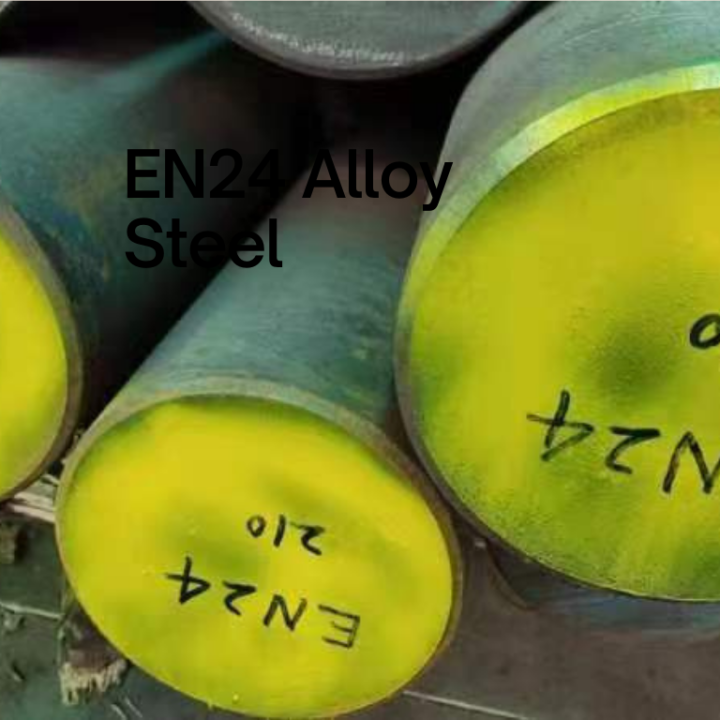Hot Work Tool Steel VS Cold Work Tool Steel
Tool steel contains various amounts of tungsten, molybdenum, cobalt, and vanadium to increase the heat resistance and durability of the metal. This makes them ideal when used for cutting and drilling.
Tool steel is a type of carbon alloy steel that is well-matched for tool manufacturing, such as hand tools or machine dies. Its hardness, resistance to abrasion and ability to retain shape at increased temperatures are the key properties of this material. Tool steel is typically used in a heat treated condition which provides increased hardness.
Tool Steel is divided into these six groups: water-hardening, cold- work, shock-resisting, high-speed, hot-work, and special purpose.
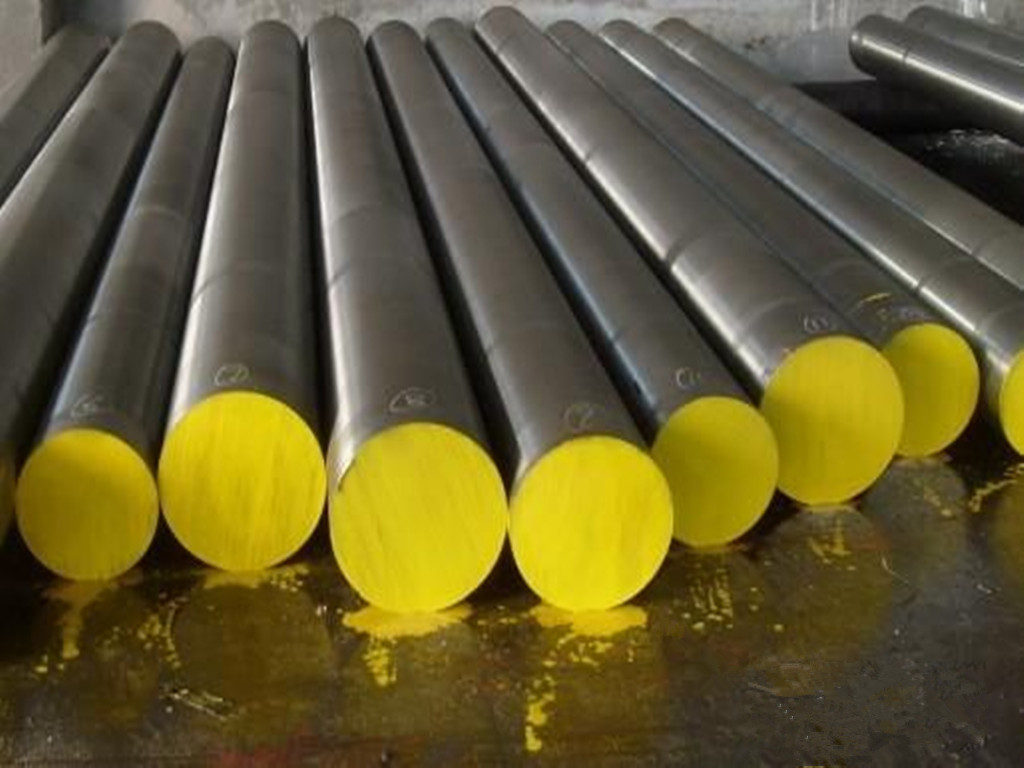 Hot Work Tool Steel:
Hot Work Tool Steel:
Our hot work tool steel is a uniquely processed group of steel used to shape and cut other materials at high temperature. Classified with the ‘H’ prefix, ‘H-group’ steels undergo intense processing to allow them to retain strength and hardness whilst being used in high-temperature conditions.
Cold Work Tool Steel:
Cold-work classes – Is a group of three tool steels: oil-hardening, air-hardening, and high carbon-chromium. The steels in the group have high hardenability and wear resistance, with average toughness. Typically they are in the production of larger parts or parts that have a minimum distortion requirement when being hardened.
Both Oil quenching and Air-hardening both reduce the distortion and higher stress caused by the quick water quenching. Because of this, they are less likely to crack.
D-grade of tool steel in the cold-work class can contain approximately 10% to 13% chromium. This type of tool steel does retain its hardness at increased temperature (425 °C / 797 °F max). The most typical applications for this type of tool steel is in forging dies, die-casting die blocks, and drawing dies.
